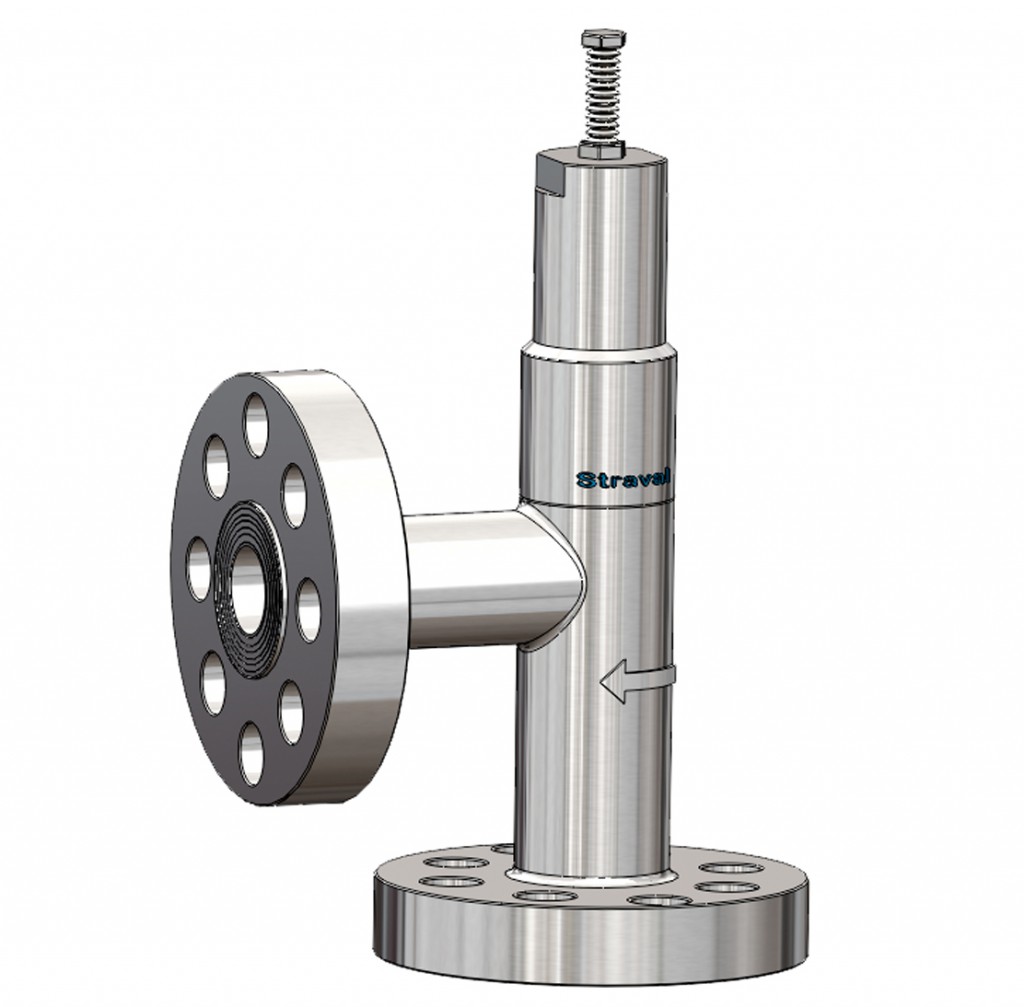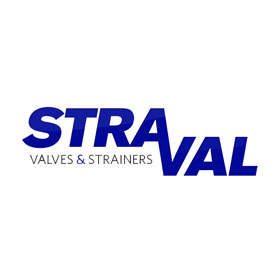StraVal RVC05-300 FLG Stainless Steel 300# Flange Pressure Relief Valve


Use these valves for emergency relief where pressures must be relieved quickly to reduce damage that could result from overpressure in a system. Where the overpressure needs to be controlled more gradually ,such as in back pressure or pump bypass applications use our Bypass valves which will reduce the probability of pressure spikes that often occur when relief valves are selected for pressure control applications. Valve should only be used selectively where the materials chosen are compatible with the fluid used and will not cause corrosive buildup or crystallization in the close clearances between the piston and body bore, which could keep the poppet from opening freely. Use only clean, strained, or filtered liquids or gases so that the valve can operate without buildup of debris or solid matter which can cause the valve to malfunction. A basket strainer with the appropriate perf or mesh and pressure rating can be purchased from Straval. Apply only where the discharge piping is not subjected to a high back pressure, as this will affect the relief setting. If the back pressure is steady or constant, compensating for the change in set pressure can be simply made by readjusting the spring load, or by using a different spring selection, or selecting a different valve type designed for this.
Features & Benefits
- Body: Standard material is Stainless Steel with ANSI Flanges as illustrated. Not offered in carbon steel construction except for clean lubricating oil type of services.
- Poppet: Available in metal and soft seat construction for liquid and gas service.
- Elastomeric seal: Choice of different elastomers including Teflon expands valve usage to a wide range of applications and fluids. Choice of elastomer determines final temperature limitation.
- Spring chamber: Because it is non-wetted, the standard construction is carbon steel, but can be upgraded to 300 series Stainless Steel in aggressive environments.
- Right-angle porting: Standard construction is bottom inlet, side outlet.